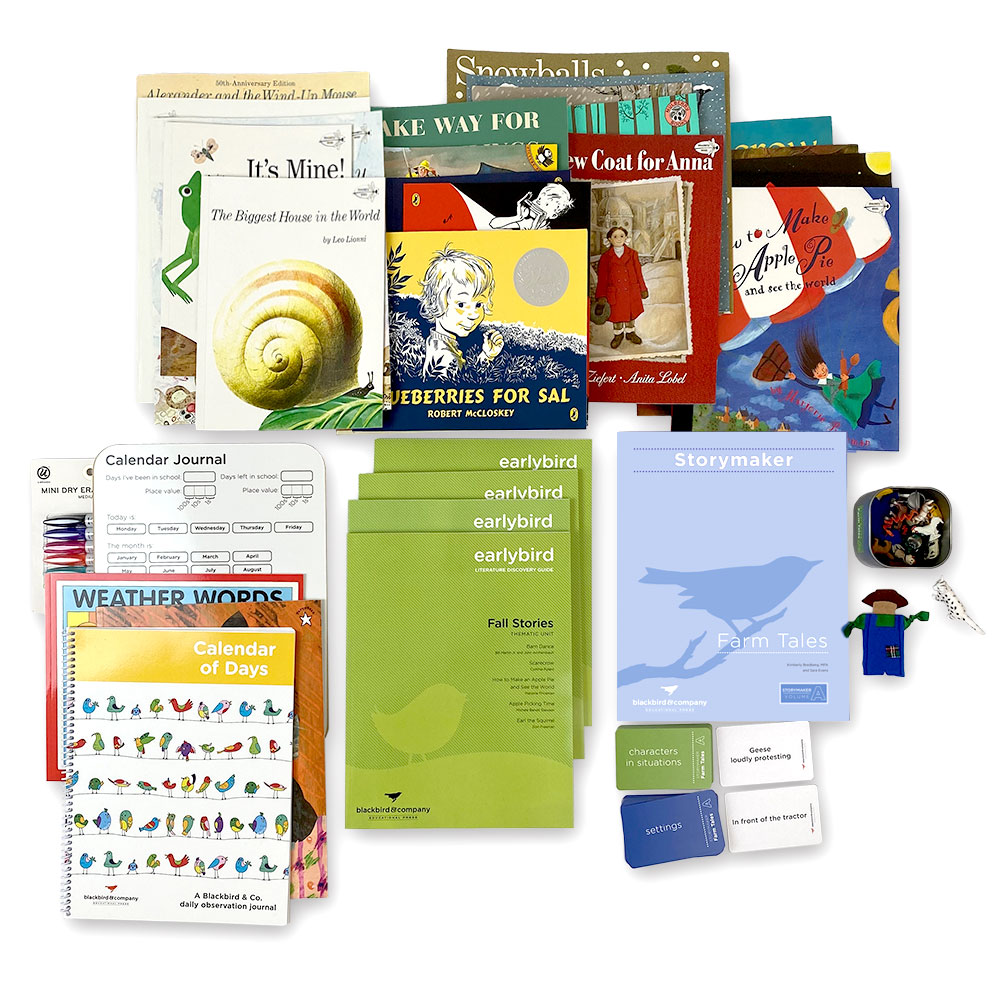
NOT really…!
Ben’s family birth certificate says that he was born on January 6, 1706, but when the Colonies switched to a different calendar to keep pace with the seasons, his new birthday became January 17!
Founding Father.
One of five men who crafted the Declaration of Independence.
Once, the Postmaster General.
Founded the idea of the public hospital and library.
Organized the first volunteer fire department which led to his concept of fire insurance.
The architect of Poor Richard’s Almanac.
Inventor of the glass armonica, bifocals, swim fins, Franklin Stove, and, of course the lightning rod.
Honorary degrees from Harvard, Yale, University of St. Andrews, University of Oxford, and University of Edinburgh.
Spent 27 years of his life living abroad, crossing the Atlantic 8 times!
Earned his place on the $100 dollar bill.
All this more than 311 years ago!
Celebrate this life well spent one of two ways:
Ever wonder where inventors get their ideas? As it turns out, the great inventor Benjamin Franklin got his best ideas from a mouse named Amos (not really, but make for an adventurous historical fiction)! Consider this from historian David McCullah who read the book as a child:David McCullogh says “I can never be in Old Christ Church without wondering if perhaps some of Amos’s line are still there, back behind the paneling.” Pick up a bundle today. Who knows, you might cultivate a historian!
Early to bed and early to rise… you know the rest (I hope).
Benjamin Franklin was the youngest of seventeen children. He was the inventor whose thirst for knowledge led him to constantly seek to improve the lives of his fellow men. Follow his life as a leader in the American Revolution and ambassador to both Britain and France and learn why the French hailed him as the man who “tore the lightening from the sky and the scepter from tyrants.” Explore this an so much more in the D’Aulaire recounting of the life of Ben Franklin. And over the course of 5 weeks you student will not only be guided through the crafting of an original essay, but will discover just how valuable a life can be.
-Kim


